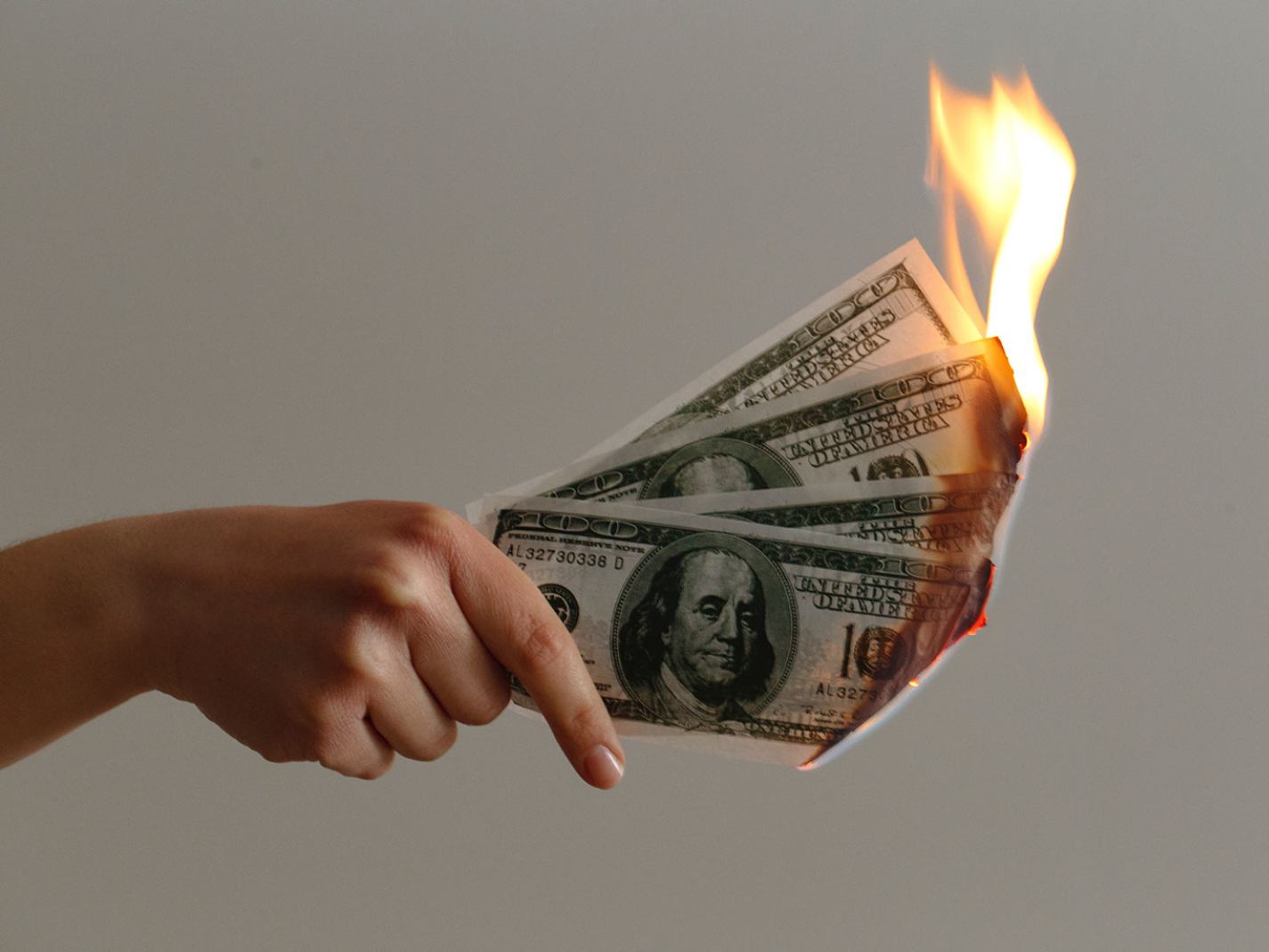
Last week, the U.S. Department of Education announced new changes to the Public Service Loan Forgiveness (PSLF) program. The changes make a bad program worse.
PSLF was launched in 2007 and provides accelerated loan forgiveness for politically favored workers. Other college graduates with student loan debt need to make payments for at least 20 years before qualifying for loan forgiveness, but PSLF offers forgiveness after just 10 years of repayment to those that work for the government or some non-profit organizations.
PSLF was a bad idea for many reasons—first and foremost, it’s unfair on several levels. PSLF treats similar people differently. For example, a nurse employed by a nonprofit university hospital is eligible for PSLF and therefore can have her loans forgiven after 10 years of repayment, while the same nurse that works for a for-profit hospital would need to repay for 20 years. That doesn’t make sense.
Also unfair are the massive windfalls that many PSLF recipients enjoy. Consider a disadvantaged student from a low-income home. Since the 1970s, we’ve used Pell grants to help such students attend college. The current annual maximum Pell grant is $6,495, meaning that this student would receive as much as $25,980 over four years of college. Meanwhile, the average PSLF borrower has $82,804 of debt forgiven. In other words, taxpayers provide the most disadvantaged college student imaginable with up to $26,000, while some politically connected college graduates, many of whom are well compensated and have greater job security than the average worker, receive almost $83,000 in taxpayer money. There is no cap to the amount of debt that may be forgiven through PSLF, so some are undoubtedly getting six-figure gifts from Uncle Sam (the average debt of those eligible for PSLF, but who haven’t yet made all 120 payments required before having their loans forgiven, is over $99,000).
We should be shutting PSLF down. Instead, the Biden administration is making it worse.
By now it should be clear that PSLF is already far too generous (read: wasteful), yet the new changes make the program even more so. Some of the updates are more or less unobjectionable. For example, previously, only payments made under certain income-driven repayment plans (IBR, New IBR, PAYE, REPAYE) qualified, whereas the new rule will count repayments made under any plan. Fair enough.
Yet other changes are simply indefensible. The old rules required a minimum of 120 on-time full payments to be eligible for forgiveness. Now, the Biden administration has waived “the requirement that payments be made in the full amount and on-time.” Would a one-cent payment made five years late count toward the required 120 payments? If so, that’s an Orwellian definition of “payment.”
The Biden administration has also used the COVID-19 pandemic as an excuse to overstep its authority and make these changes. The Department states that “ED has determined that it can use flexibilities provided by the HEROES Act of 2003, which allows the Secretary of Education to waive certain rules related to the federal student aid programs during periods of national emergency” to override the laws passed by Congress. We’ve been dealing with COVID-19 for a year and half now, so finding new emergency powers that justify ignoring duly passed legislation is a stretch to begin with. Yet it is even more preposterous given the fact that the Department of Education has already paused all student loan payments until next year, meaning there is no conceivable case for this action being necessary due to an emergency. (And in another bizarre twist, debtors get to count the skipped payments toward the required 120 monthly payments. As ED helpfully explains, “You can think of them as $0 payments.”)
In sum, the Biden administration has used a fig leaf justification to override existing law and make a bad program worse, all in the name of providing massive, unjustified windfalls to favored workers. This is simultaneously unfair, unwise, and unnecessary.
Image: Jp Valery, Public Domain
Two things need to happen.
First, colleges need to slash their overhead. I took my graduate degree in the 1980s, when my professional school had, maybe, 25 administrative employees. Now (in a period when private businesses have eliminated file clerks, typists and whole swaths of middle management) the school has the same 80 professors and 400 administrators. It just used donor money to add a new building with two classrooms and three floors of administrative offices. Tells you something about priorities.
Second, colleges need to stop strafing their students. Increases in the federal government’s lending limits have allowed schools to increase tuition, and they have taken every possible dollar. The tuition at my graduate school is now more than 25 times what I paid. https://bipartisanpolicy.org/download/?file=/wp-content/uploads/2019/03/BPC-Higher-Education-Americas-Student-Debt-Explosion.pdf.
My undergraduate school has become similarly bloated. Both my almae matres are public universities. I used to be a generous donor, but I stopped sending money years ago. I have no regrets.
Take a look at teacing load — you likely will find that the faculty are both better paid and teaching fewer classes.
Wow…….
But the larger scandal isn’t the nurses but the political activists that PSLF is funding.
Yes, funding because the nonprofits that are the day jobs for the BLM & ANTIFA would have to pay higher wages as without both income-based repayment and PSLF, employees would need to be paid more.
All of these jobs are left-wing as there aren’t conservative nonprofits employing large numbers of young people — and this leads to more left-wing students as they know they won’t have loan debt.
And all those special assistants to your campus Title IX Coordinator, PSLF is funding them, too.